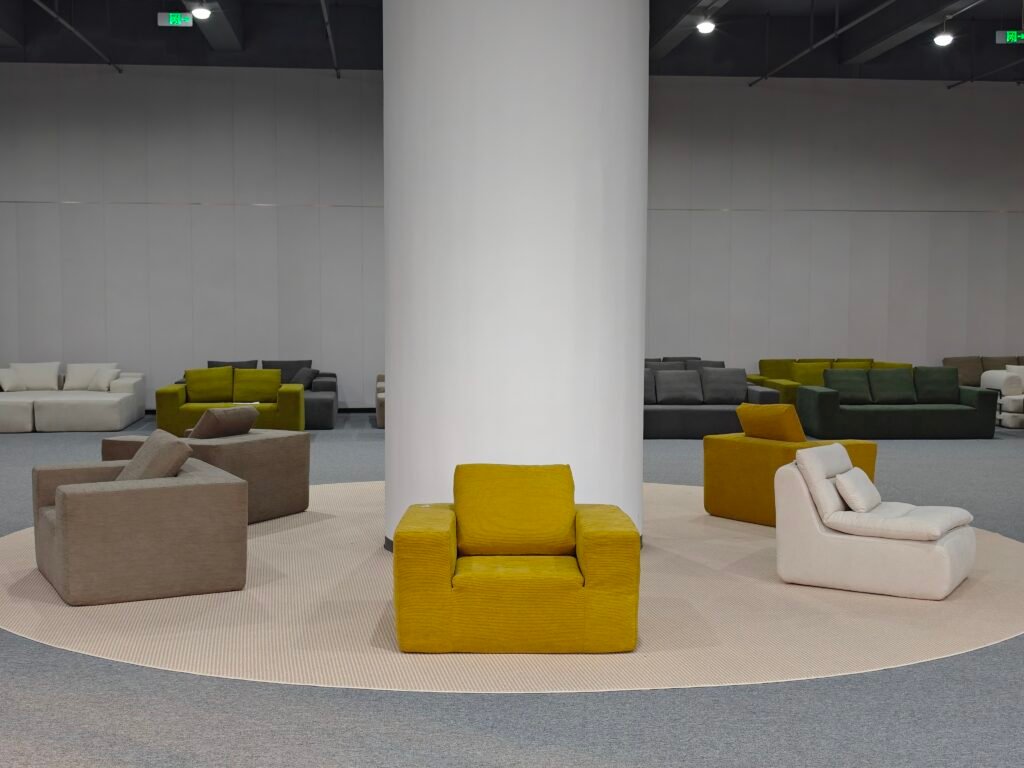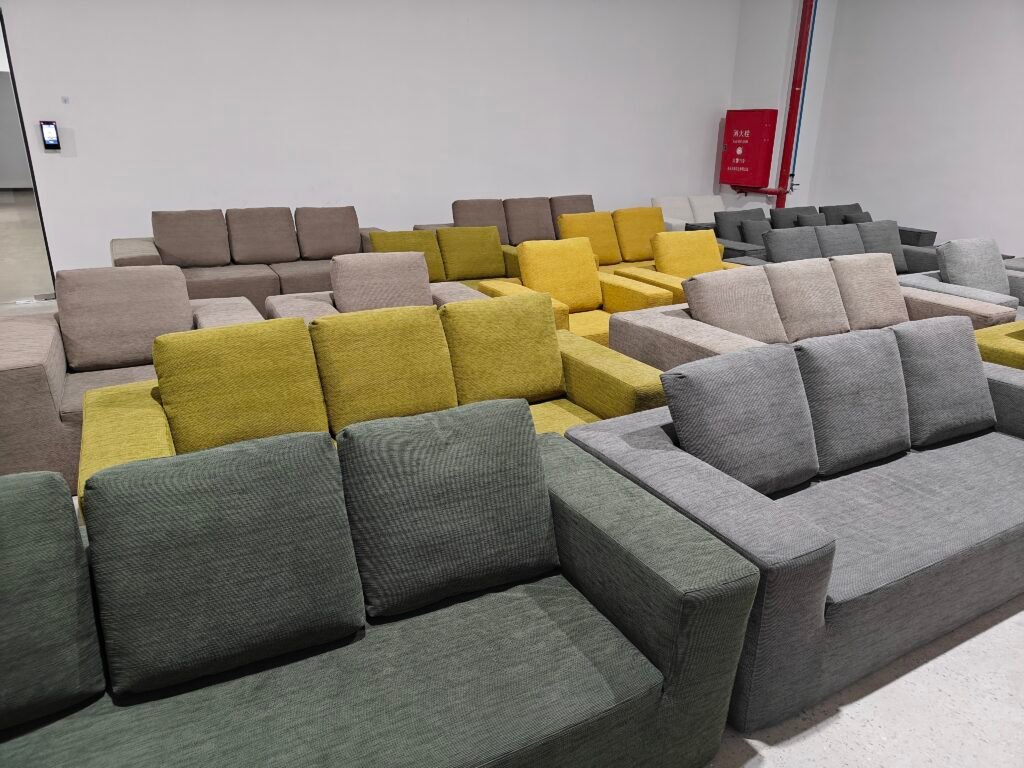
Introduction
As sustainability becomes a defining force in global commerce, the furniture industry is undergoing a profound transformation. For B2B manufacturers, wholesalers, and distributors, embracing eco-friendly practices is no longer optional—it’s a competitive necessity. Compress sofas, already lauded for their space-saving and logistics advantages, are now at the forefront of sustainable furniture trends. This article explores the rise of eco-friendly compress sofas, examining the materials, manufacturing innovations, and market dynamics driving this shift, and offering actionable insights for B2B stakeholders seeking to lead in the green furniture revolution of 2025 and beyond.
The Evolution of Eco-Friendly Compress Sofas
Much like the beauty sector’s pivot to sustainable glass cosmetic jars, the furniture industry is witnessing a surge in demand for products that minimize environmental impact throughout their lifecycle. Compress sofas, with their efficient packaging and shipping profiles, are naturally positioned to support sustainability goals. However, leading B2B brands are taking further steps by:
- Adopting Recycled and Renewable Materials:
Manufacturers are increasingly sourcing recycled metals for frames, FSC-certified woods, and upholstery fabrics made from recycled PET or organic fibers. High-resilience foams with bio-based content are replacing traditional petroleum-based materials, reducing carbon footprints and aligning with green procurement standards. - Implementing Low-Impact Manufacturing Processes:
Water-based adhesives, non-toxic dyes, and energy-efficient production lines are now standard among top-tier compress sofa suppliers. These practices reduce emissions, conserve resources, and ensure compliance with international environmental regulations.


Sustainable Packaging: Beyond Compression
While vacuum compression already slashes shipping volume and emissions, B2B innovators are rethinking packaging itself:
- Biodegradable and Recyclable Packaging Films:
New advances in plant-based plastics and recycled polyethylene films allow compress sofas to be shipped securely with minimal waste. Cartons are increasingly made from recycled or FSC-certified paper, and protective inserts use molded pulp or biodegradable foams. - Minimalist Design for Maximum Efficiency:
By reducing unnecessary packaging layers and optimizing carton sizes, brands cut down on material use and lower the energy required for transport and warehousing.
Market Drivers and B2B Benefits
- Corporate ESG Commitments:
Large retailers, real estate developers, and hospitality groups are prioritizing suppliers who can document their environmental credentials. Eco-friendly compress sofas help B2B buyers meet internal and regulatory sustainability targets. - Cost Savings and Operational Efficiency:
Sustainable materials and efficient packaging often lead to lower logistics costs, fewer damages during transit, and reduced waste disposal fees—directly benefiting B2B partners’ bottom lines. - Brand Differentiation and Customer Loyalty:
In a crowded market, offering certified eco-friendly compress sofas strengthens brand reputation, supports premium pricing, and attracts environmentally conscious clients.


Innovations Shaping the Future
- Modular and Circular Design:
Compress sofas designed for easy disassembly and recycling at end-of-life are gaining traction. Some B2B brands now offer take-back programs, enabling materials to be reclaimed and reused in new products. - Transparency and Traceability:
Digital platforms and QR codes on packaging provide B2B buyers with instant access to sustainability certifications, sourcing information, and environmental impact data. - Collaboration Across the Supply Chain:
Manufacturers, material suppliers, and logistics partners are working together to create closed-loop systems that minimize waste and maximize resource efficiency.


Conclusion
The rise of eco-friendly compress sofas marks a pivotal moment in sustainable furniture trends. For B2B manufacturers, wholesalers, and distributors, investing in green materials, responsible manufacturing, and innovative packaging is not just good for the planet—it’s a powerful lever for growth, differentiation, and long-term success. As sustainability expectations continue to rise in 2025 and beyond, those who lead the charge in eco-friendly compress sofas will set the standard for the industry’s future.